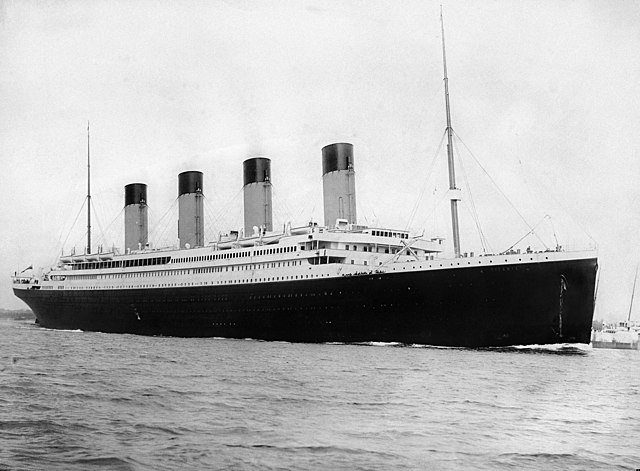Why Titanic Wreckage Has No Human Remains According to Experts
The Titanic has fascinated people for over a century. Whether it’s the tragic story of its sinking, the massive scale of the ship, or the mystery surrounding its final hours, the wreck continues to draw attention from historians, scientists, filmmakers, and thrill-seekers.
Since the ship was discovered in 1985, visiting it has remained one of the most difficult and dangerous underwater challenges in the world. Fewer than 250 people have ever reached the wreck, which sits 3,800 meters below the surface in the North Atlantic.
Among the most frequent visitors is filmmaker James Cameron, who has made 33 trips to the site over the years. But the risks are still very real.
One of the most widely covered tragedies in recent years involved OceanGate’s Titan submersible, which imploded during a dive on June 18, 2023. The disaster killed all five people onboard, including OceanGate CEO Stockton Rush. Also onboard were 19-year-old Suleman Dawood and his father, Shahzada, a well-known businessman.
British explorer Hamish Harding, 58, and former French Navy diver Paul-Henri Nargeolet, 77, also died in the incident. The Titan was a controversial vessel from the start. Operated with a video game controller and built using unconventional materials, it had raised safety concerns long before the fatal dive.
Now, Netflix has released a documentary titled Titan: The OceanGate Submersible Disaster, diving into the story behind the doomed expedition. The film quickly climbed to the top of the platform’s charts after its release on June 11.
In 1912, the Titanic met its tragic end.
As people continue to debate the safety and ethics of visiting the Titanic, one question keeps coming up: If more than 1,500 people died in the original 1912 disaster, why haven’t any human remains ever been found?
James Cameron addressed this directly.
“I’ve seen zero human remains… we’ve seen pairs of shoes, which would strongly suggest there was a body there at one point, but never the body itself,” he said.There’s a scientific explanation for that. The deep ocean is an extremely harsh environment. According to oceanographer Robert Ballard, who discovered the Titanic in 1985, the cold, high-pressure environment and the chemical makeup of the water all play a role in the decomposition process.
 commons.wikimedia
commons.wikimediaEven so, Ballard once suggested there might still be preserved bodies in certain parts of the ship.
“I would not be surprised if highly preserved bodies were found in the engine room,” he told The New York Times back in 2012. “That was deep inside the ship.”When asked how many could still be there, he guessed:
“Dozens. Hundreds starts to feel uncomfortable. I know that lots landed on the bottom, because there are so many shoes.”This theory has resurfaced in recent years, especially after YouTube creator Zack D Films created a simulation exploring it. His animation highlights how the Titanic’s stern, where the engine room was located, crumpled and collapsed as it sank. That collapse may have sealed off the area, making it almost impossible to access.
The ship’s design included watertight doors and bulkheads that might have slammed shut during the sinking, trapping parts of the interior. Sediment and debris have built up over the wreck for decades, making some areas even harder to explore.
"Are There Still Bodies In The Titanic? 😵 "
Despite new technology and detailed mapping, no bodies have ever been spotted, just personal items. High-resolution images have captured things like shoes, watches, and even a child’s doll head.
Whether anything remains inside sealed sections of the Titanic is still unknown. But over a century later, the site remains one of the world’s most haunting underwater graveyards, marked not by remains, but by the objects people left behind.




